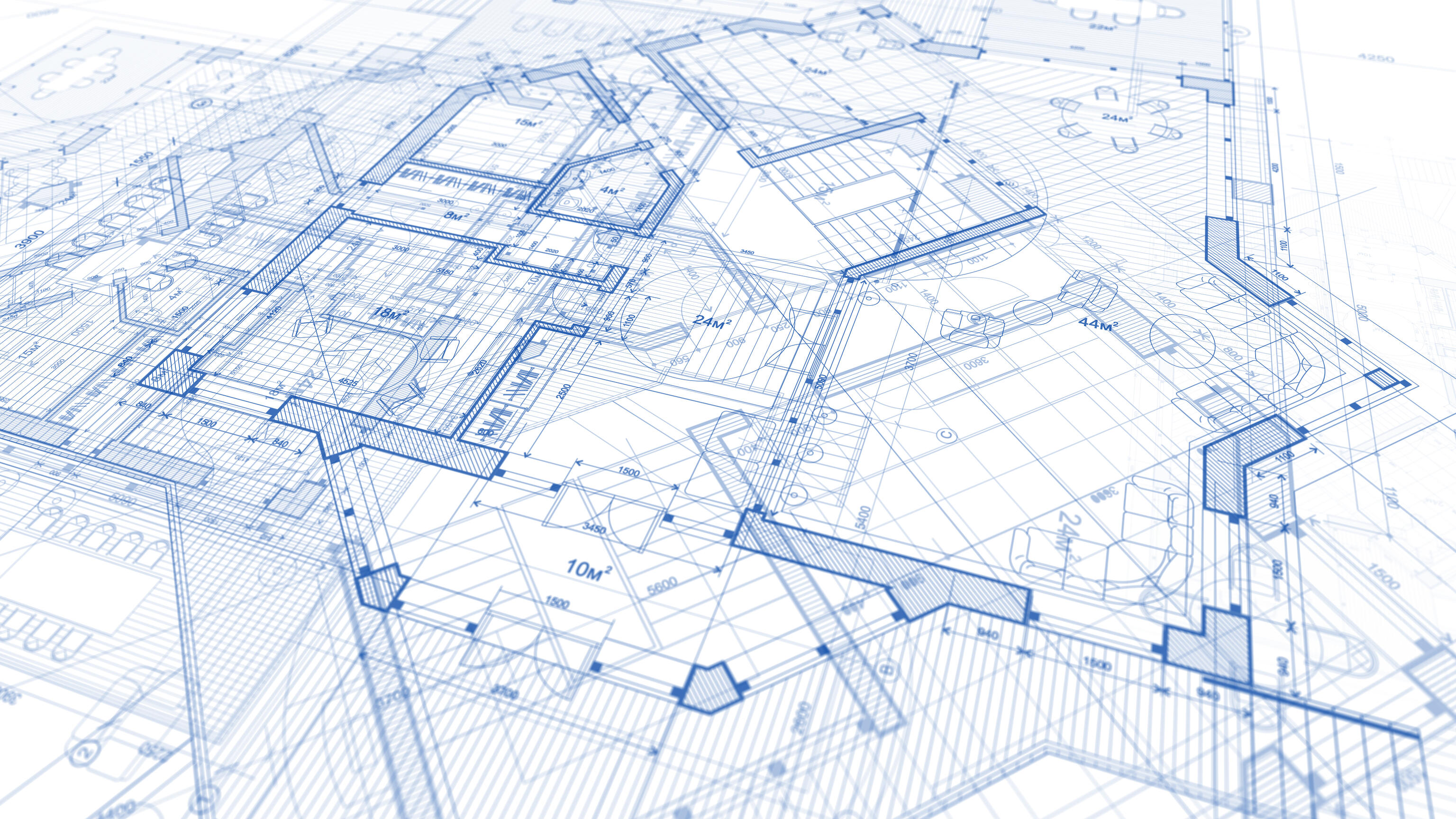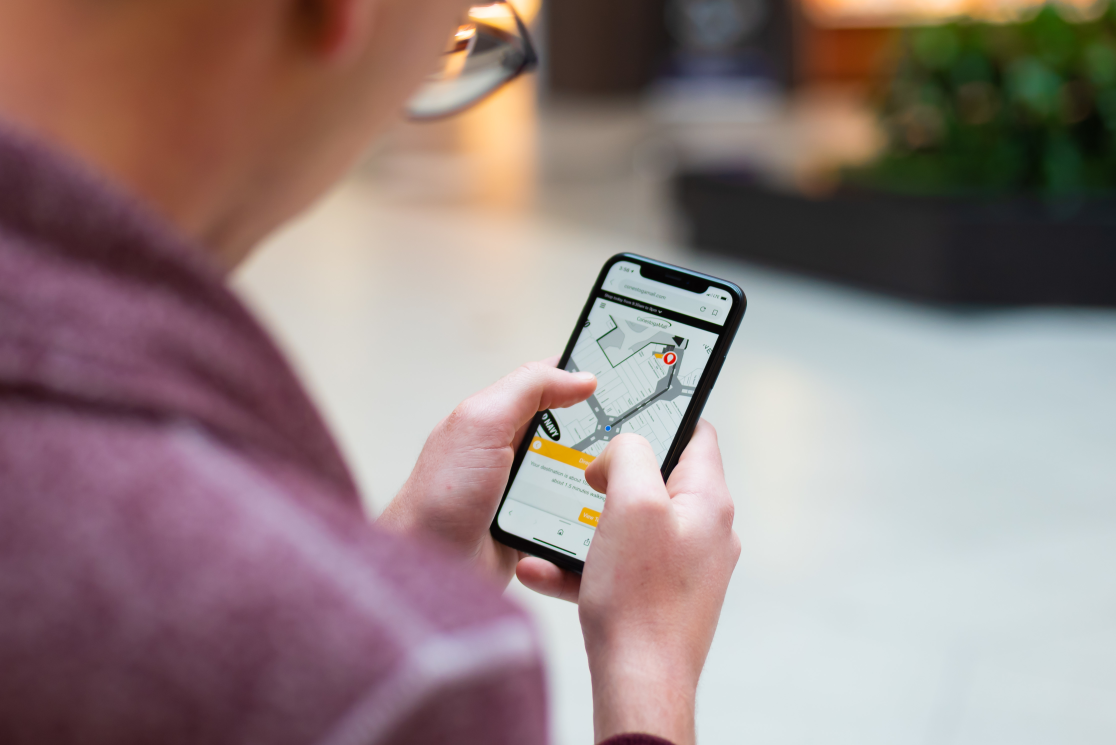Return to Resources
The Importance of a Digital Indoor Map
Apr 13, 2020
4 min read
There are a unique set of challenges when creating an indoor map, even before it is digitized. Having a digital indoor map, however, yields accuracies, efficiencies, and experiences.
All over the world, people create maps to help define, visualize, and navigate the space around them. Early maps were made by hand and for this reason, no two maps were identical. The first magnetic compass was created between 300 and 200 BC which led to improvements in location accuracy. When the printing press was invented in the 1440s, one accurate map could then be copied and distributed.
Today, most maps are made using computers and digital mapping software. Explained by Esri, an international supplier of geographic information system (GIS) software, data must be collected, processed, and then presented. From government census data to weather forecasts, or topographic maps to everyday navigation, digital displays of geographic data help guide people and decisions.
The indoor mapping challenge
Studies have shown that people spend almost 90% of their time indoors. This number is quite staggering and begs the question: why doesn’t the navigational software that people are used to in outdoor spaces extend to indoor spaces? The formula is similar to that of the outside world but there are a few critical differences.
Collecting data
Rather than using satellite images to accurately determine the location of roads, cities, rivers, and other features in outdoor maps, the most precise tool indoors is usually a venue’s blueprint. This 2D architectural drawing can depict the size of a building and its components but cannot guarantee perfect accuracy and lacks important location information such as lat and long coordinates. The other challenge with utilizing blueprints is that they come in many formats (CAD, RVT, PNG, PDF, etc.).

Ongoing map maintenance
Even when working with a completely accurate blueprint, the problem becomes maintaining that accuracy over time. One thing that remains constant with indoor spaces is their ability to change. Departments in a hospital or office building, retailers in a shopping mall, classrooms on a campus, or event layouts at a convention centre are just a few examples of location data that repeatedly change. Without maintaining the indoor map, data quickly becomes outdated and those using the map will be misguided.
Displaying indoor maps
The concept of indoor maps is not new. Wayfinding signage and static “you are here” signs are familiar staples in both private and public spaces. To truly serve visitors, these maps need to be accessible in a variety of formats - on large digital displays, online at home, or on-the-go with mobile directions - the same ways that people are used to accessing outdoor maps.

Digitizing indoor maps
Speed, efficiency, reliability
Bringing static maps to digital platforms provides benefits to both creators and users. Automated tools can help to build, enhance, and adapt aesthetics of the map with much greater speed. Businesses are able to collect insights on their visitors in ways that were never possible with static maps. Map management tools also allow for ensured accuracy over time. Extensive map changes such as building renovations or changes to the physical structure can now be reflected on a digital map in a matter of clicks.
Digital indoor maps are often able to provide more to users than a simple static map. Users can explore the map to look for a specific location, much like 2D maps, but they are also able to use functions like an interactive search bar, location listings, and categories. Digital maps can also showcase date or location-specific information such as events or promotions. They are adaptable, up-to-date, and easy to maintain.

One map, everywhere
It is common for many versions of a property map to exist for different use cases. For example, a building might have a floor plan for their plumbing layout, one for employee-only walkways, asset tracking, public spaces, and so on. Because these maps are used for different purposes, they are often managed by different teams. By digitizing indoor maps, companies can start to rely on one source of truth, re-use the digital map foundation, and avoid duplicating processes.
Platform for experiences
As many companies push to offer their customers an experience that is both personal and experiential, digital maps will play a critical role. There are many engaging experiences that a venue could offer:
Push notifications for retailer promotions in a shopping mall
Shortest concession stand line in a stadium
Appointment reminders and turn-by-turn directions in a hospital
Room booking software in an office building
...and more
All of these services rely on an accurate indoor map as the foundational layer. Precise location data and digital maps help provide clarity, context, and visualization for those navigating and they provide consistency, time savings, and valuable insights for businesses.


